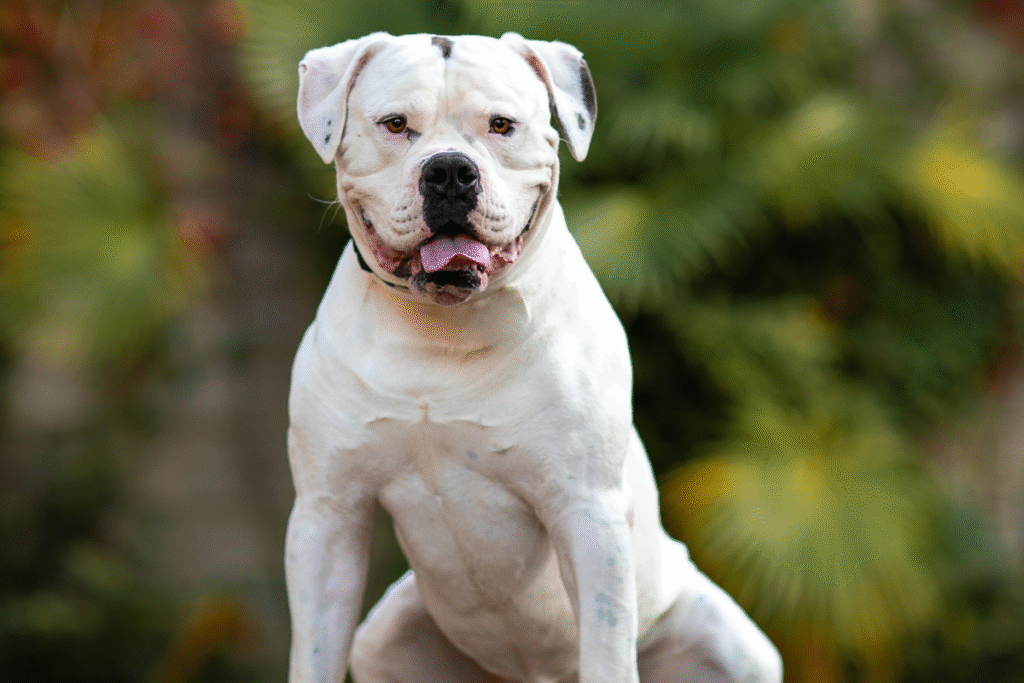Certain breeds appear more in bite reports.

Dog bites happen more often than many expect, and some recent analyses suggest certain breeds appear disproportionately in injury reports. Breed doesn’t tell the whole story—factors like training, environment, and handling matter hugely—but patterns have emerged when large datasets are examined.
Emerging studies point to breeds whose bites are both more frequent and more injurious. In sharing these, I’m not casting judgment, just highlighting where bite risk seems elevated so owners and communities can think more carefully about safety and prevention.
1. Pit bull types often show highest bite frequency.

In a large retrospective review combining 15 years of clinical data, pit bull and pit bull–type breeds accounted for the greatest percentage of severe bite injuries, nearly half of them in one analysis, as found by the authors of the facial injury study. Their frequency in hospital bite reports substantially exceeds that of many other breeds.
Because these dogs often appear in medical literature about severe attacks, the association becomes stronger—even after accounting for severity. The pattern suggests that while many breeds bite, pit bulls tend both to bite more and to do greater damage.
2. Mixed breeds are surprisingly common in bite cases.

Many studies identify mixed breeds as a common offender, likely because their prevalence is high and identification is often uncertain, according to meta-analysis combining literature and clinical reports. In bite datasets, mixed dogs often make up a large fraction of incidents.
Their dominance in bite statistics doesn’t necessarily imply pure aggression—it may reflect reporting bias, ownership patterns, and ambiguous breed identification. Still, their appearance in so many cases suggests they deserve attention in bite prevention strategies.
3. German Shepherds frequently appear in serious bite reports.

Multiple studies name German Shepherds among the breeds most often implicated in severe or damaging bites, sometimes second only to pit bull types in hospital settings. As stated by researchers combining trauma and literature data, German Shepherds account for a large subset of pure-breed severe bite cases in the U.S.
Because they are popular, strong, and often working dogs, they see more human interactions under stress. That exposure multiplies opportunities for bite incidents, especially when behavior or training issues combine with their size and strength.
4. Rottweilers are regularly flagged for high risk.

In bite statistics and fatal attack data, Rottweilers often show up in the top ranks of breeds associated with serious injury. Their strength and protective instincts may elevate risks. Their bite strength coupled with their guarding nature means a misstep can become dangerous.
Though many are well trained and safe, the breed’s physical capability means any bite has the potential to inflict major damage. Because of that, Rottweilers are often included among breeds warranting stronger oversight or training measures in communities.
5. American Bulldogs appear in bite incident lists.

Some bite incident reports include American Bulldogs as among breeds with elevated bite counts or severity. Their muscular build and protective temperament contribute to their inclusion in such datasets. Owners and communities sometimes cite these dogs in local bite or attack summaries.
Because they combine strength with sometimes strong territorial drive, insufficient socialization or poor handling can increase risks. Their presence in bite data suggests they should not be overlooked in breed-based safety awareness discussions.
6. Mastiffs sometimes feature in bite outcome data.

Large mastiff breeds, though often gentle giants, appear occasionally in bite studies, especially in cases of serious injury or fatalities. Their massive size means even a stumble or warning bite can be consequential.
When they do bite, the sheer force and mass make the incident more severe. Their inclusion in databases often reflects that when large dogs err, the consequences are magnified, drawing medical or legal attention.
7. Doberman Pinschers are often cited in bite research.

Dobermans, known for guarding instincts, show in several clinical bite case series and literature analyses. Their alertness, protective demeanor, and physical power make them a breed often scrutinized in bite risk discussions.
They are less frequent than pit bulls or German Shepherds, but a single bite by a dog with strong bite force and agility can escalate. Their reputation makes each case more visible, and that visibility sustains their presence in bite risk analyses.
8. Bull Terriers appear with moderate bite counts.

In aggregated statistics of bite incidents, Bull Terriers sometimes surface as moderate risk breeds. Their tenacious personality and muscular body contribute to their inclusion, especially in bite studies combining many breeds.
While not always among the top, their frequent mention suggests that owners of Bull Terriers should practice caution, consistent training, and socialization to reduce the chance of escalation into bites.
9. Siberian Huskies show up in some bite statistics.

Though often perceived as friendly, Siberian Huskies appear occasionally in bite reports, perhaps because they are energetic, strong, and sometimes under-exercised. In datasets of dog bite injuries, they are not dominant, but their presence isn’t negligible.
Their behavior traits can lead to conflict when boundaries or environmental stressors arise. Because they are medium-large and fast, any bite can be impactful, so their inclusion reminds us that temperament and management matter more than size alone.
10. Labrador Retrievers surprisingly show in bite data.

Labradors are often thought of as friendly family dogs, yet several clinical and literature reviews show them among the breeds with higher counts of bite incidents, especially nonfatal ones. Their popularity and access to people may contribute to this result.
Because many Labs interact with children and families, even mild bites become reportable. Their appearance in bite studies underscores that no breed is exempt and that management, context, and triggers play big roles.
11. Akitas appear in some attack records.

In certain regional bite incident compilations, the powerful and territorial Akita shows up in counts of bites or dog attack reports. Their independent nature can make them less forgiving of invasions of space.
When an Akita feels threatened, a bite can become serious because of their strength. Their presence in bite lists may be lower overall but high enough that owners should not treat them lightly in safety planning.
